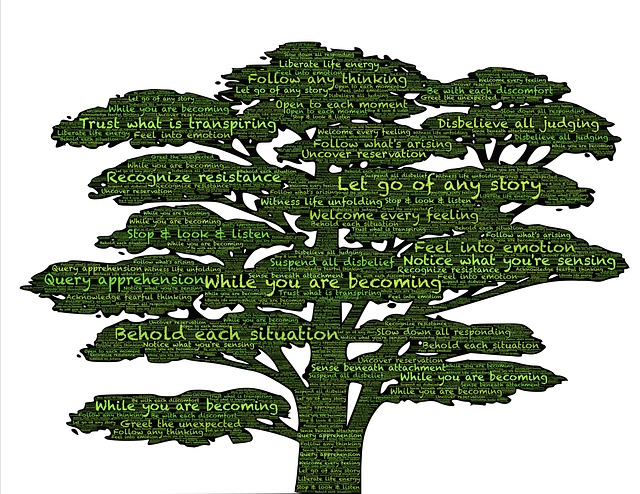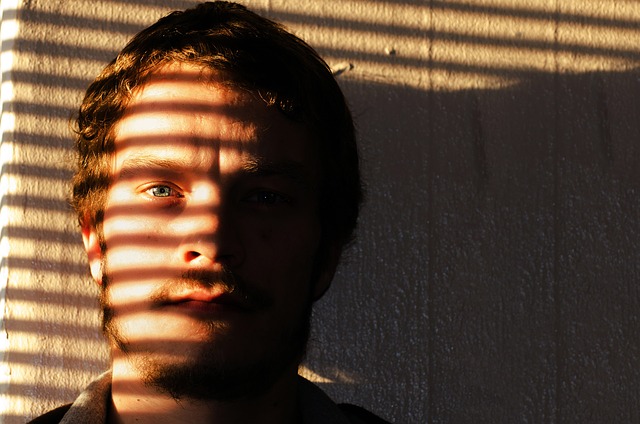I have been reflecting on Jeff Brown’s comments about the journey into authenticity and particularly what he had to say about savouring the accomplishments and wins of others. He comments for example, “I love it when people accomplish something they have set out to do”. My reflection helped me realise that I have been pursuing a path of authenticity in how I turn up for, and play, social tennis (although I have not previously framed it that way). Like when playing competitive tennis, the inner game of social tennis is challenging but influences how you approach successes and failures.
I realise that the journey into authenticity while playing social tennis has a number of dimensions for me and while I have started the journey, I have a fair way to go. The journey entails confronting inner challenges that impact the way I relate to others on the court, both partners and opponents (I only play doubles tennis at my age due to exercise asthma – I turned 76 today!). Some of the inner battles I have been addressing include the following:
- Expectations: I have had to adjust my expectations. I am no longer a 30-year old A-Grade tennis player playing competitive tennis in tennis fixture competitions. I have had to realise emotionally, as well as cognitively, that I no longer have the speed, mobility, strength or endurance that I had when I was half my present age. This means that I have to control my emotional response when I am not able to execute tennis shots that I have been able to achieve previously. This has led me to accept my situation without being captured by negative emotions.
- Blind Spots: By watching competitive tennis and reflecting on my own social tennis game, I came to realise some of my blind spots, both behavioural and cognitive. On a behavioural level, after I had some lessons (at age 75) on playing a two-handed backhand, I had to rethink how I held the racquet when I waited for a serve. On a cognitive level, I had to reacquaint myself with my “slice shot” (both forehand and backhand) which I had “put away” because I thought that it was not a “real shot”. My thoughts about this shot changed after observing Ash Barty achieve Number One world ranking in tennis.
- Making Mistakes: Because I still carry “video-tapes” in my head of shots I have played competently over many years, I would often get upset when I made a mistake. However mistakes in tennis are part and parcel of the game …and it took me quite a while to acknowledge this emotionally. I had to deal with negative self-evaluation and find ways to develop emotional equilibrium even when making basic mistakes. To assist this journey into authenticity, I try to savour the present moment – the opportunity to play, the capacity to run and hit the ball and my developed tennis competence.
- Savouring the wins of others: This is still my greatest authenticity challenge when playing social tennis. I can fairly readily acknowledge and savour the good shots of my tennis partner. However, to do the same for my opponents is a different matter. Because of my conditioning over many years of playing competitive tennis, I want to win every point in a tennis game (although this is not physically possible). After a long rally where I have hit a lot of shots, run a considerable distance and displayed some tennis competence, I get annoyed if my opponents ends up winning the rally. It means effectively that I am not authentically focusing on the process but worrying about the outcome. This is a considerable challenge because it involves rewiring – overcoming my competitive conditioning. It is my current focus in trying to achieve authenticity when playing social tennis on a weekly basis.
Reflection
The journey to authenticity in playing social tennis is a continuing challenge. For one thing, I have to explore why I become annoyed when my opponent wins a rally and learn to savour the wins of others on the tennis court. As I grow in mindfulness through reflection, Tai Chi and meditation, I can learn to better accept my physical limitations, admire the achievements of others (even if they are at my expense) and manage my expectations and associated emotions. This will require a major change in my mindset and help me achieve authentic transformation.
__________________________________
Image by mohamed Hassan from Pixabay
By Ron Passfield – Copyright (Creative Commons license, Attribution–Non Commercial–No Derivatives)
Disclosure: If you purchase a product through this site, I may earn a commission which will help to pay for the site, the associated Meetup group, and the resources to support the blog.








